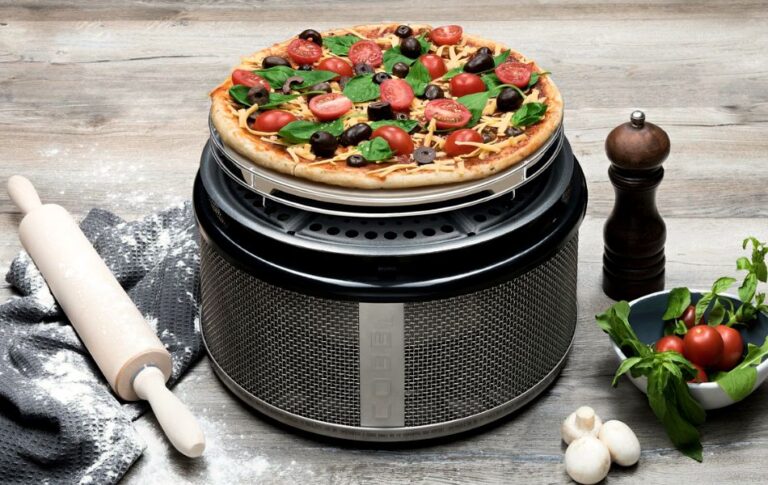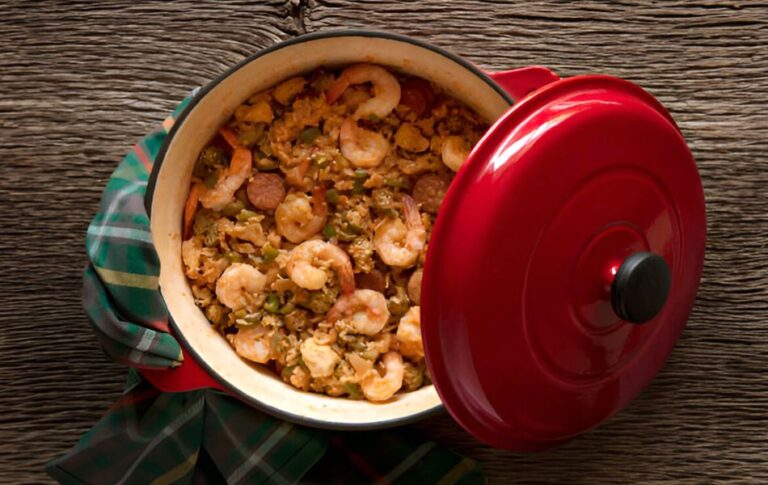Freezing and Using Leftover Coconut Milk: Tips and Tricks
Have you ever wondered what to do with leftover coconut milk from your recipes? The issue is that coconut milk can spoil rapidly, and consuming it within a day or two is challenging. So, is freezing an option? Absolutely! You can freeze leftover coconut milk, although it might undergo some changes when you thaw it. But freezing it is better than wasting it.
Coconut milk is useful in cooking. It gives dishes creaminess and a hint of coconut flavor. Let’s figure out how long you can keep extra coconut milk in the fridge and learn to freeze it for later use.
Remember, when freezing coconut milk, the solids and liquids might freeze separately, but we’ll show you how to mix them back together. So, bid farewell to food waste and make the most of your coconut milk!
In Summary
Learn how to freeze and thaw coconut milk effectively, preventing waste and maximizing its use in cooking and beverages. Explore various freezing methods, defrosting techniques, and creative ways to use thawed coconut milk.
Varieties of Coconut Milk
Coconut milk is available in two primary forms for purchase:
- Canned Coconut Milk: This variety is rich and creamy, typically found in metal cans.
- Carton Coconut Milk: The carton version, often found in the refrigerated section alongside almond milk, is a thinner and more drinkable option.
Challenges of Freezing Coconut Milk
Freezing coconut milk presents a challenge akin to that of almond milk. Manufacturers generally discourage freezing due to its impact on both taste and texture. Upon thawing, coconut milk tends to separate into solids and liquids, resulting in an altered composition. Although the separation may not be as pronounced as in some other liquids, the thawed product won’t quite match the freshness of unfrozen coconut milk.
Freezing Coconut Milk: Two Methods
Freezing Coconut Milk with Ice Cube Trays
My preferred approach for freezing excess coconut milk is to use ice cube trays. This method offers several advantages, such as the ability to defrost precisely the amount needed for your recipes and straightforward storage.
Here’s a step-by-step guide:
- Prepare Trays: Opt for reusable ice cube trays over disposable ice cube bags for an eco-friendly choice.
- Fill and Freeze: Fill the ice cube trays with coconut milk. Place trays in the freezer for 3-5 hours (or overnight). Remember, top layers freeze faster; overnight ensures thorough freezing.
- Transfer the Cubes: Move frozen cubes to bags or containers to prevent thawing. Storing in containers keeps trays ready for the next batch.
- Store in Freezer: Place the bags or containers containing the coconut milk cubes in the freezer for future use.
Freezing Coconut Milk in Containers
For larger quantities of coconut milk, you can use freezer-safe containers. Here’s how:
- Pour coconut milk into containers, leaving space for expansion during freezing. Alternatively, freeze it in the original carton if it’s not packed.
- Label the containers with the date and contents.
- Store the labeled containers in the freezer, and it should take about 7 to 8 hours to freeze, depending on the volume.
Defrost Frozen Coconut Milk
Here are various methods for thawing frozen coconut milk when you’re ready to use it:
Gentle Overnight Refrigeration
- Place the frozen coconut milk in the refrigerator overnight.
- This slow thawing method ensures the coconut milk is ready for use the next day.
- For improved texture, blend it for 20-30 seconds before using.
Cold Water Bath
- Submerge frozen coconut milk (cubes or containers) in a sealed container in a bowl of cold water.
- Ensure the container is airtight to prevent water from seeping in.
- Within a few hours, the coconut milk will thaw.
- For faster thawing, use lukewarm water.
Microwave Method
- Transfer frozen coconut milk to a microwave-safe container.
- Microwave in 30-second intervals.
- Stir between intervals until defrosted.
Directly in Cooking
- Use frozen coconut milk in your recipe if you’re in a hurry.
- Heat during cooking to melt and defrost.
- Note: This method skips blending, impacting texture slightly.
How to Restore Defrosted Coconut Milk
- Place the thawed coconut milk in a blender.
- Blend for 20-30 seconds to combine solids and liquids.
- While this improves consistency, thawed coconut milk won’t be identical to fresh, even after blending.
Pro Tips for Freezing and Thawing Coconut Milk
- Consider your intended use before freezing. For curries, consider containers; for smoothies, use ice cube trays.
- Measure the volume of coconut milk before freezing. For instance, an ice cube holds about 2 tablespoons, while a container varies from 1 to 2 cups. It helps when used later.
- Label airtight containers with contents and dates to prevent mix-ups and ensure freshness.
- Choose silicone ice cube trays for effortless removal.
- Blend defrosted coconut milk before use.
- Avoid using defrosted coconut milk as a standalone beverage due to altered flavor.
- Remember, opened canned coconut milk lasts only a few days in the fridge, while unopened cans have a longer shelf life of a year or more.
Advantages of Freezing Coconut Milk
- Minimize food waste.
- Extend the shelf life of leftovers.
- Convenient for future recipes.
- Ideal for smoothies.
Downsides of Freezing Coconut Milk
- Texture changes, with solids settling at the bottom and the liquid becoming grainy after thawing.
- Flavor changes due to freezing and thawing.
- Blending won’t fully restore the original taste and flavor as compared to fresh coconut milk.
Creative Uses for Frozen Coconut Milk
- Add frozen coconut milk cubes to smoothies for a creamy texture, eliminating the need for regular ice cubes.
- Enhance iced coffee by substituting regular ice with coconut milk cubes, maintaining a creamy consistency without diluting the coffee.
Uses for Thawed Coconut Milk
- Enhance cooking, including curries and desserts.
- Substitute in vegan baking recipes.
- Blend into smoothies for creaminess.
FAQs
Q: How do you identify spoiled coconut milk?
A: Spoiled coconut milk often smells sour and may show signs like chunkiness, curdling, or discoloration.
Q: Is it possible to freeze coconut cream?
A: Yes. Blend it, freeze it in ice cube trays, and store it in a freezer-safe bag. Thaw overnight in the fridge or warm water.
Q: Can dishes prepared with frozen coconut milk be frozen?
A: Absolutely, dishes made with frozen coconut milk can be frozen. Reheat thoroughly before consuming, and avoid refreezing after thawing.
Q: Is It Safe to Refreeze Coconut Milk?
A: Refreezing coconut milk is not recommended. It ruins the texture, resulting in grainy, lumpy milk with floating coconut fats.







